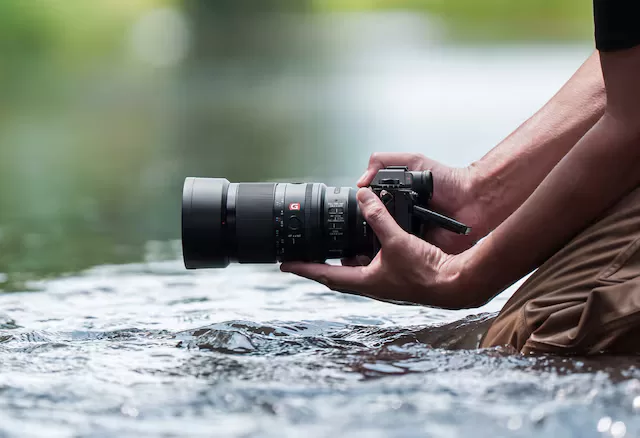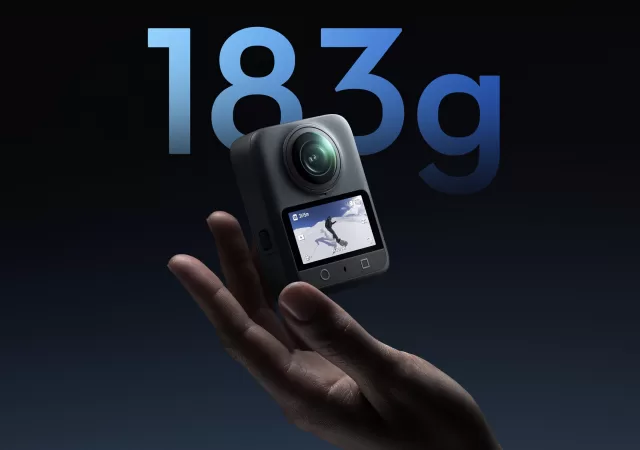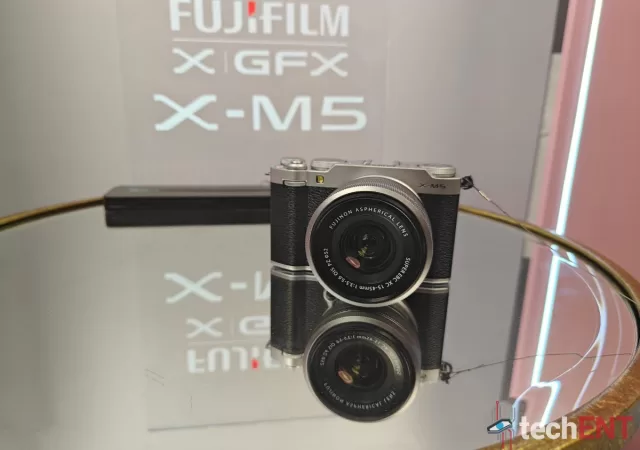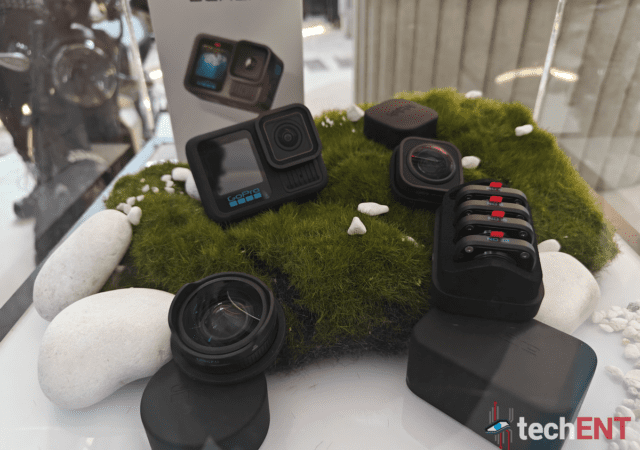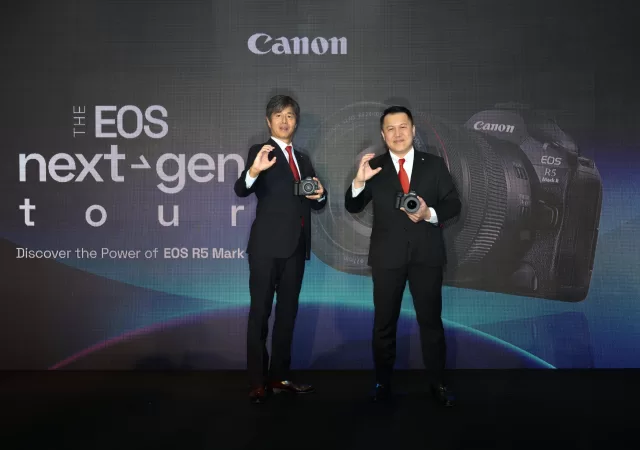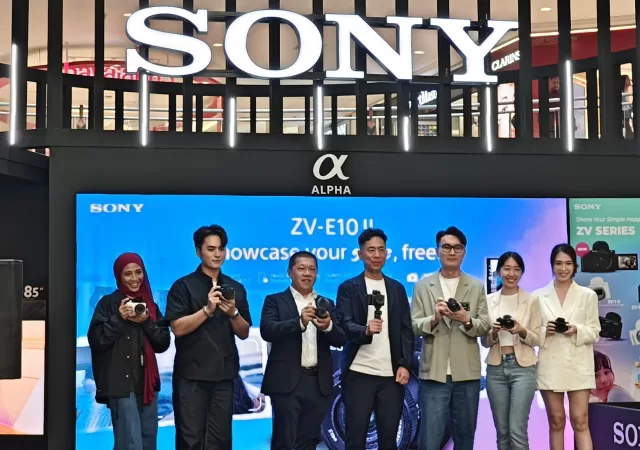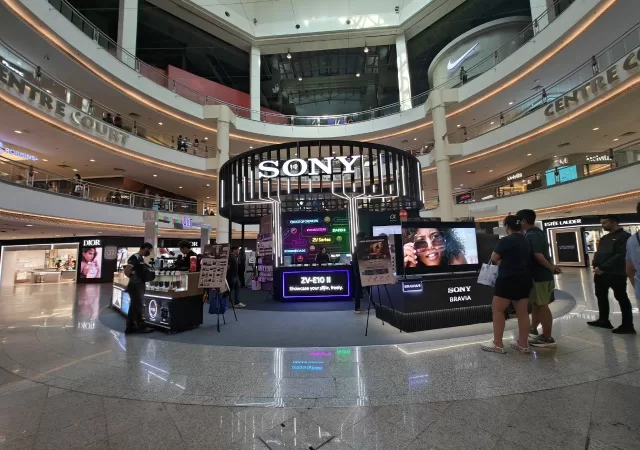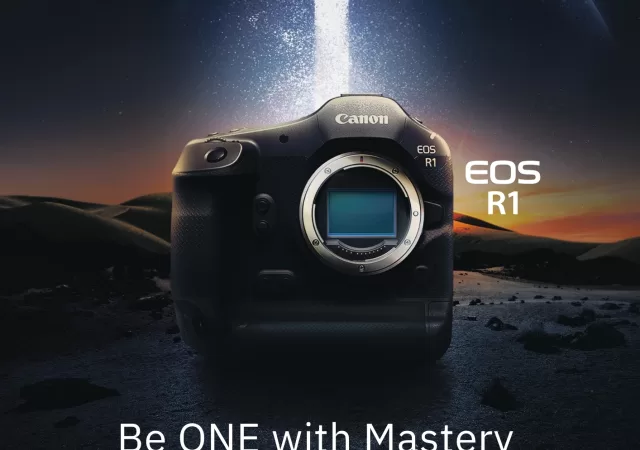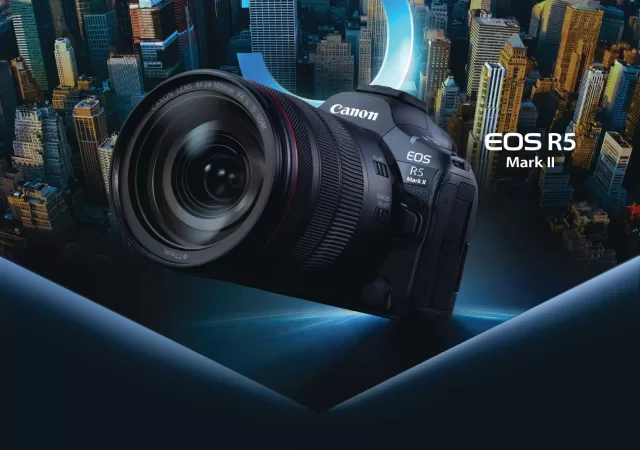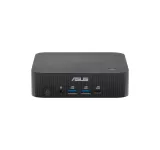Unlock the world of macro photography with the new FE 100mm F2.8 Macro GM OSS lens, offering 1.4x magnification and advanced optical excellence.
Sony Celebrates Storytellers with the 2025 Edition of the Alpha Experience
Sony’s 2025 edition of the Alpha Experience brings together creatives and storytellers for two days of collaborative experiences and the launch of the RX1R III.
DJI’s First 360° Action Camera, the Osmo 360, Arrives
DJI announces a brand new camera in their line up the OSMO 360 that brings 360 degree capture in a rugged body.
Fujifilm X-M5 Launches in Malaysia
Fujifilm launches the lightest entry into the X series of mirrorless cameras – the Fujifilm X-M5 that comes with improvements that make content creating a breeze.
GoPro HERO13 Black and HERO Available for Pre-order in Malaysia
GoPro announces two new action cameras – the HERO and the HERO13 Black packing brand new features and innovations.
Canon Ignites Creativity with EOS Next Gen Tour 2024 Featuring EOS R5 Mark II
Don’t miss the EOS Next Gen Tour 2024 in Malaysia! Get a firsthand look at Canon’s EOS R5 Mark II and witness its exceptional image quality and performance.
Sony ZV-E10 II & E PZ 16-50mm F3.5-5.6 OSS II Launched in Malaysia
Sony has announced the second generation of its popular content creation camera, the ZV-E10 II. Building upon the success of its predecessor, the ZV-E10 II retains the core features that made it a favourite amongst creators – compact design, user-friendly…
Sony Malaysia Showcases Innovations at Sony Expo 2024
Toshiba Malaysia showcases its all new JAPANDi-style appliances at its customer service center and showroom relaunch
Canon Unveils the EOS R1: A Masterful Fusion of Speed and Intelligence
Canon unveils its first mirrorless flagship camera – the EOS R1. The new camera brings an advanced package designed to empower expert photographers.
Canon Unveils the EOS R5 Mark II Packed with New Features for Content Creation
Canon has taken the veils off its latest EOS R5 Mark II mirrorless camera that brings even more content creation features to your fingertips.



